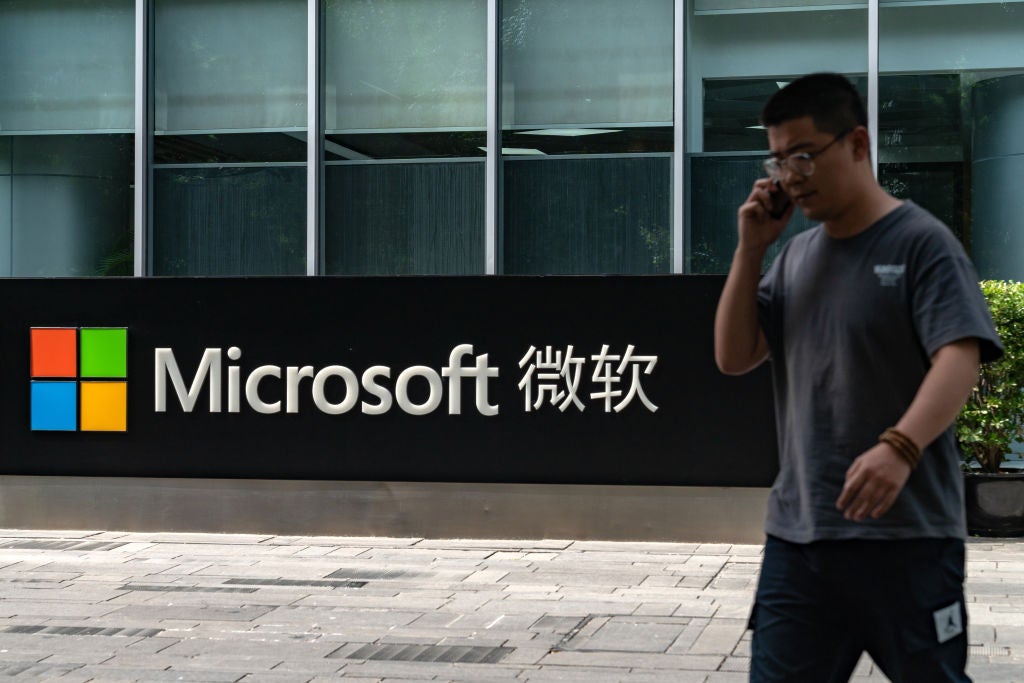Hon Hai Precision Industry has been granted a patent for a method and device for intelligent control of an elevator. The system uses cameras to identify and prioritize passengers waiting on different floors, and controls the elevator to service the passengers with the highest priority levels. The patent also includes a feature to increase the priority level of passengers on a floor if they have been waiting for a long time. GlobalData’s report on Hon Hai Precision Industry gives a 360-degree view of the company including its patenting strategy. Buy the report here.
According to GlobalData’s company profile on Hon Hai Precision Industry, device power optimization was a key innovation area identified from patents. Hon Hai Precision Industry's grant share as of September 2023 was 58%. Grant share is based on the ratio of number of grants to total number of patents.
Intelligent control of elevator based on passenger priority levels
A recently granted patent (Publication Number: US11772931B2) describes a device and method for intelligent control of an elevator. The device includes a driving unit, a processor, a plurality of first cameras, and a non-transitory storage medium. The processor is coupled to the driving unit, the first cameras, and the storage medium. The storage medium stores a plurality of instructions that enable the processor to perform various functions.
The device acquires first images taken by the first cameras and identifies targets in these images. It then determines priority levels for the targets based on a priority relationship table. The device also receives service signals from different floors in a building and counts the time after receiving these signals. If the elapsed time period corresponding to a service signal exceeds a preset duration, the priority level of the targets on that floor is increased. The device controls the driving unit to move the elevator and service the targets with the highest priority level.
The device further divides the first images into blocks and uses an image recognition algorithm to identify whether the targets exist in these blocks. The division of the images into blocks is based on the characteristics of pixel values, where the difference between the pixel values of each block and the pixel values of surrounding adjacent blocks exceeds a preset threshold.
Additionally, the device can acquire second images taken by a second camera set in the elevator. It determines whether a person is detected in the elevator based on these images. If no person is detected, it ignores a second service signal generated in the elevator and responds only to the first service signal.
The method for intelligent control of an elevator, as described in the patent, follows a similar process. It involves acquiring first images, identifying targets, determining priority levels, and counting time after receiving service signals. The method also includes dividing the images into blocks, determining priority levels based on a priority relationship table, scoring each target, and controlling the elevator based on the priority levels.
Overall, this patent presents a device and method that utilize cameras, image recognition algorithms, and priority levels to intelligently control an elevator. By considering factors such as elapsed time and target priority, the device ensures efficient and effective elevator service in a building.
To know more about GlobalData’s detailed insights on Hon Hai Precision Industry, buy the report here.
Premium Insights
From

The gold standard of business intelligence.
Blending expert knowledge with cutting-edge technology, GlobalData’s unrivalled proprietary data will enable you to decode what’s happening in your market. You can make better informed decisions and gain a future-proof advantage over your competitors.





